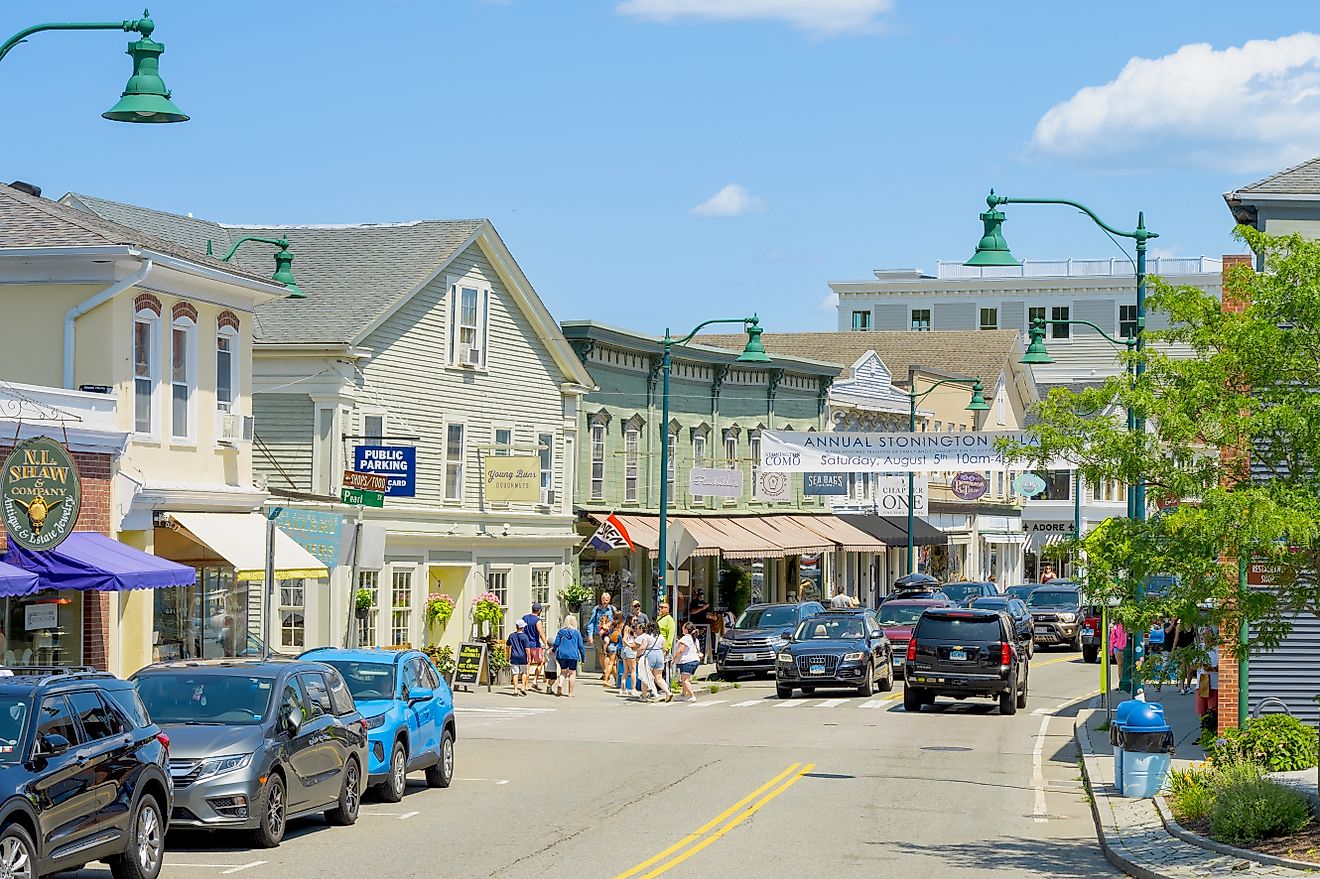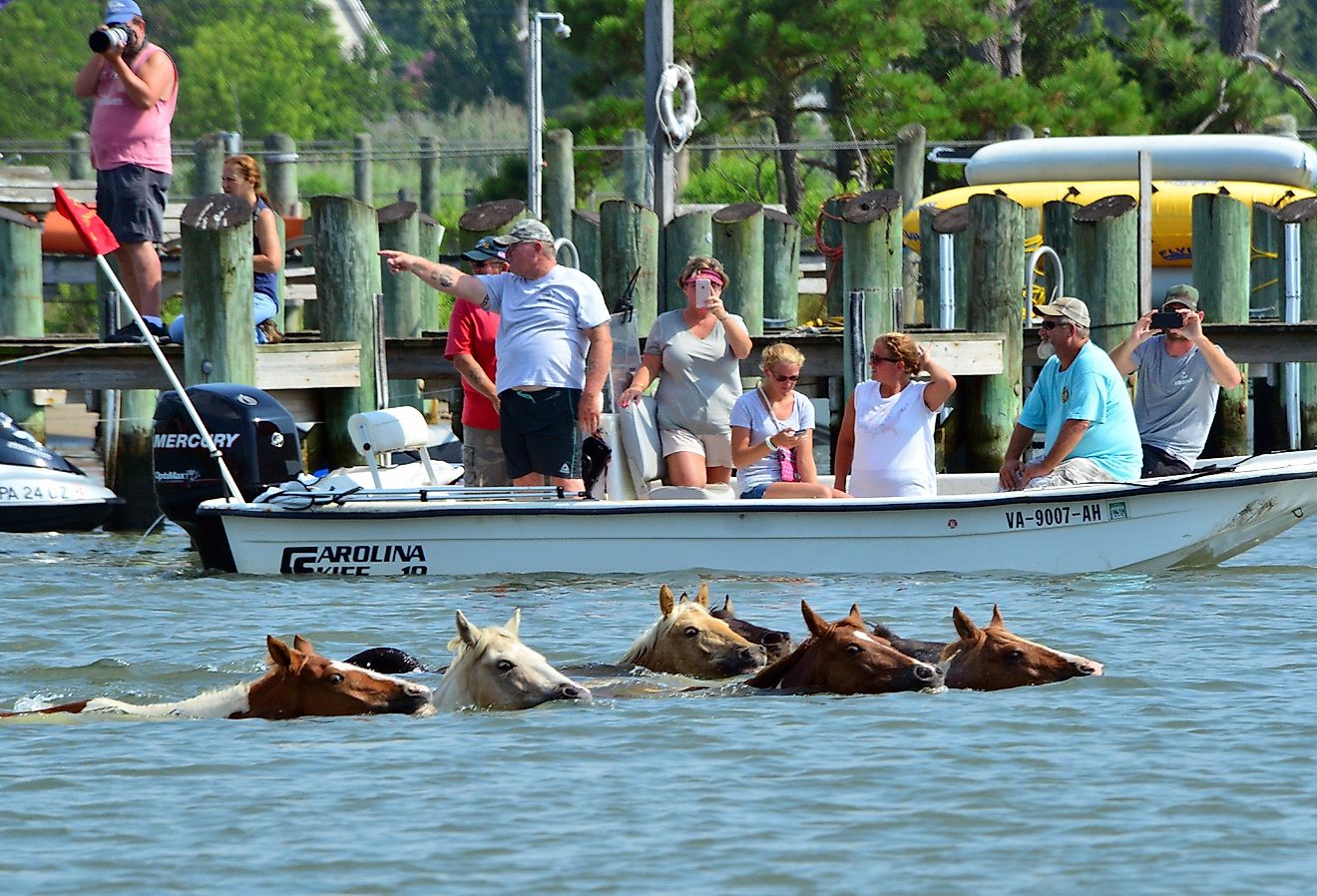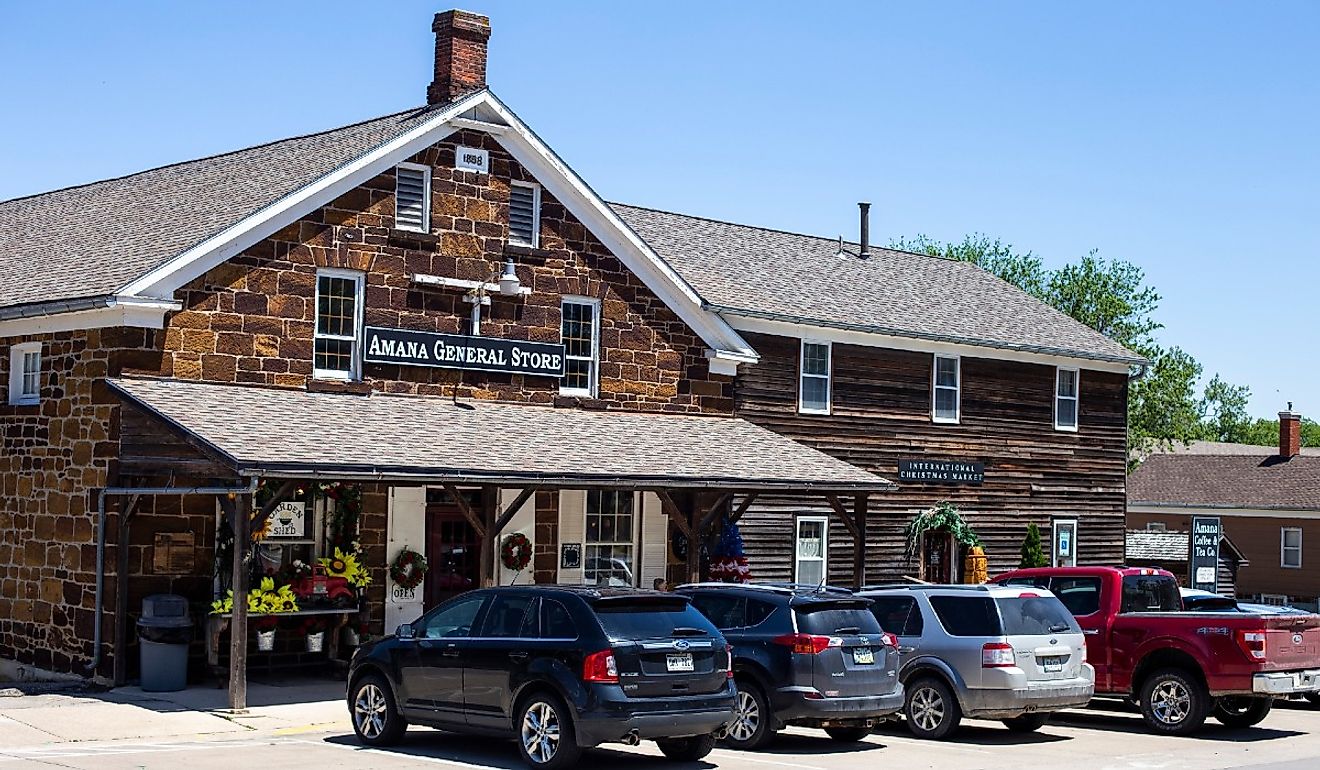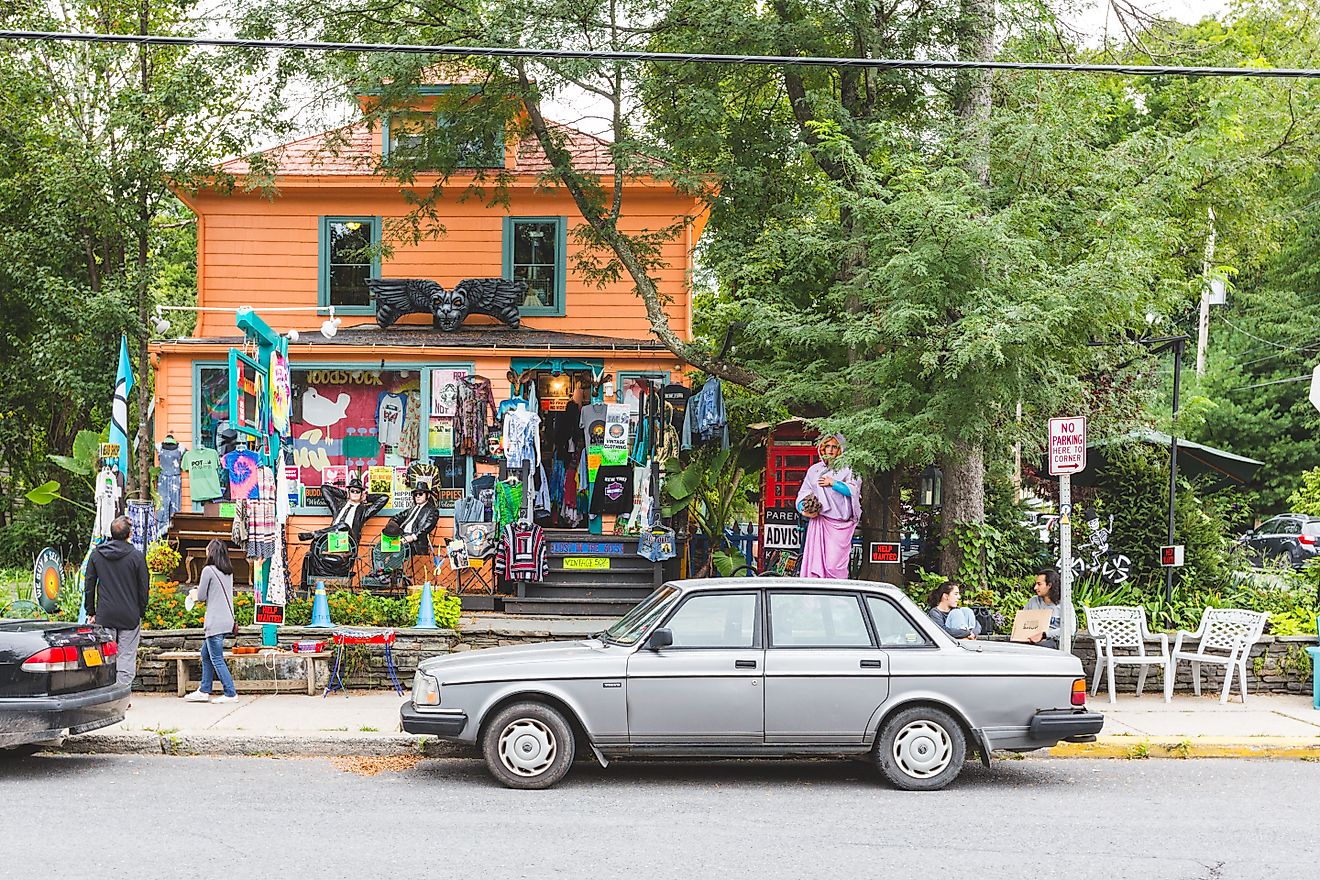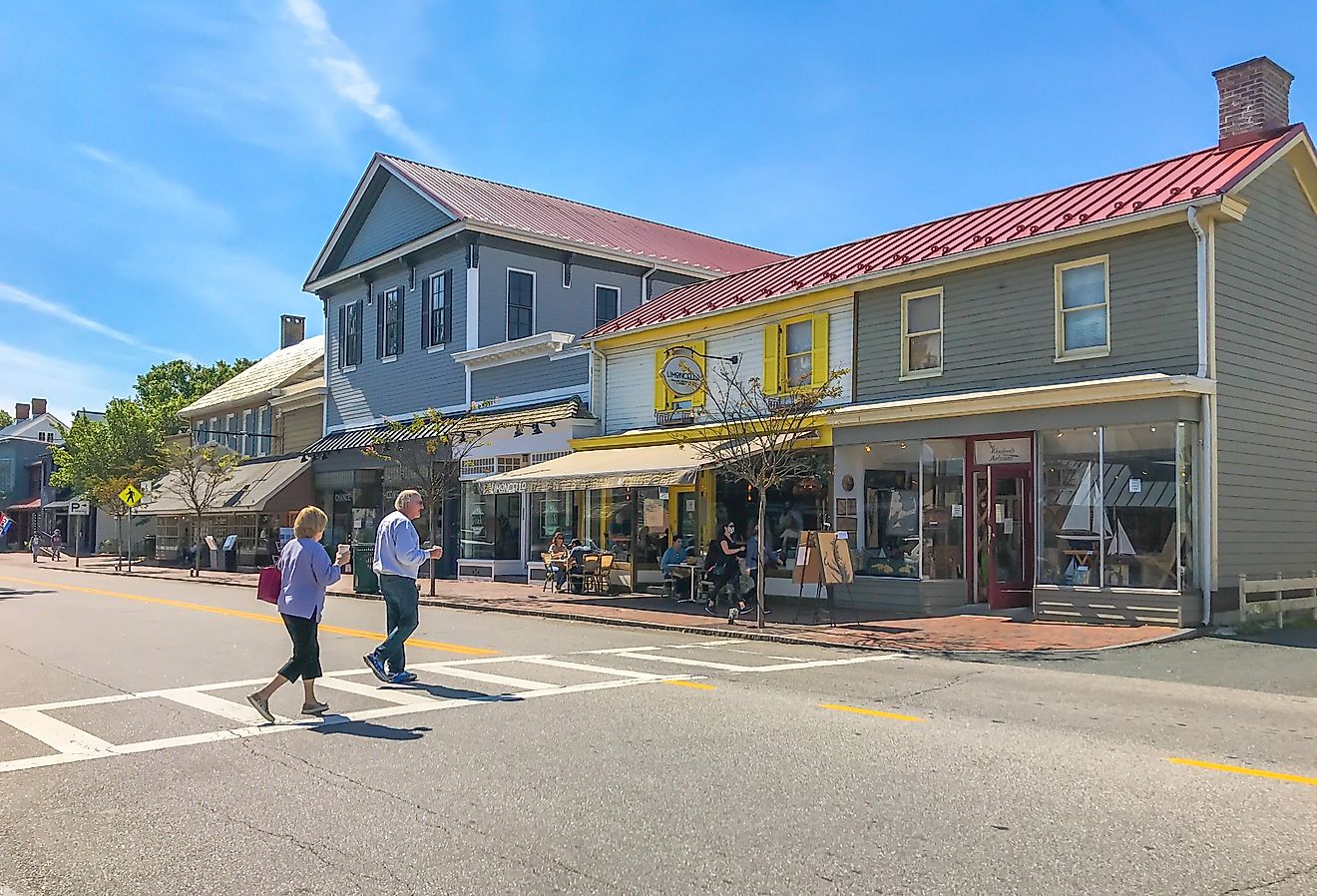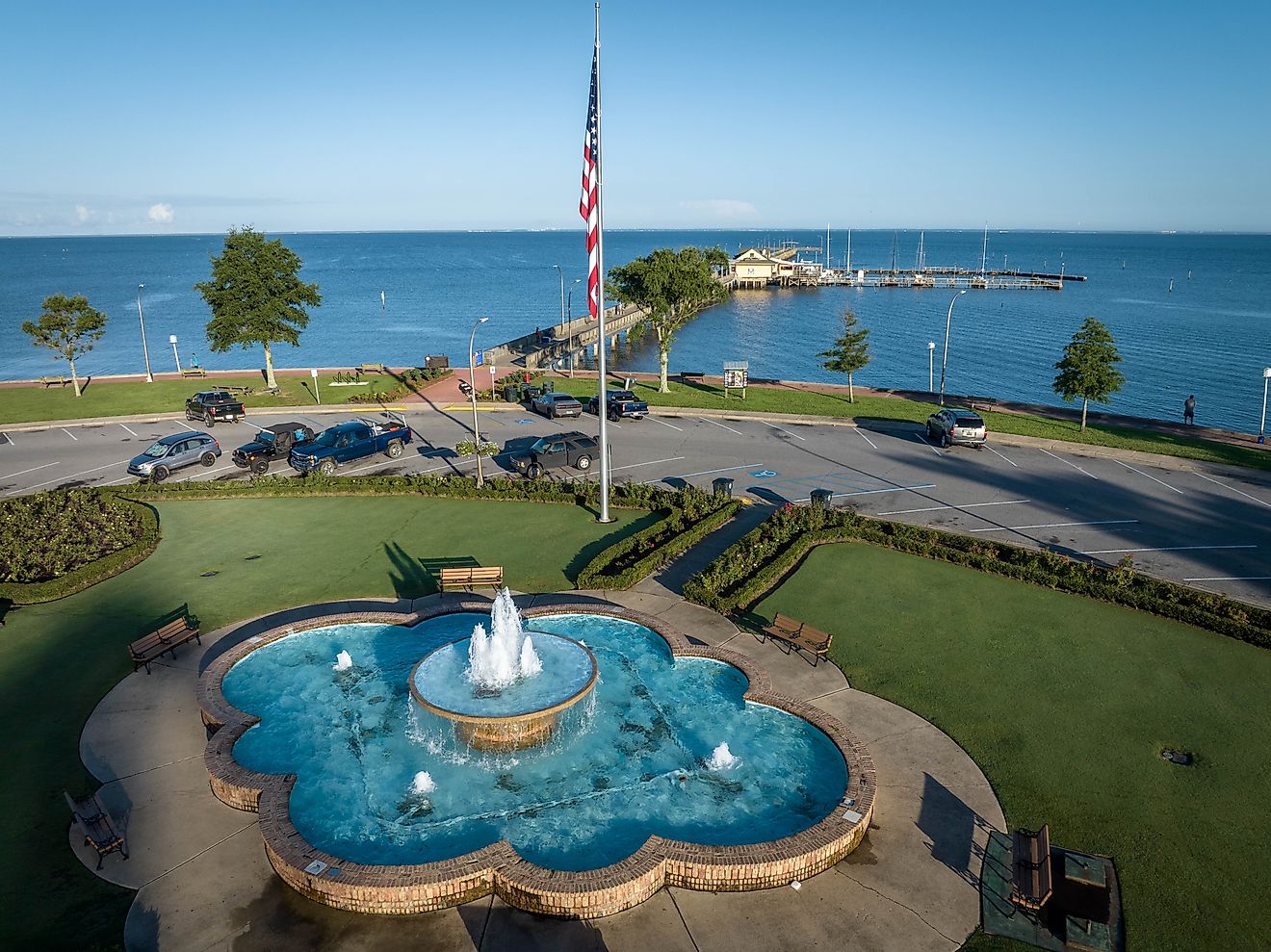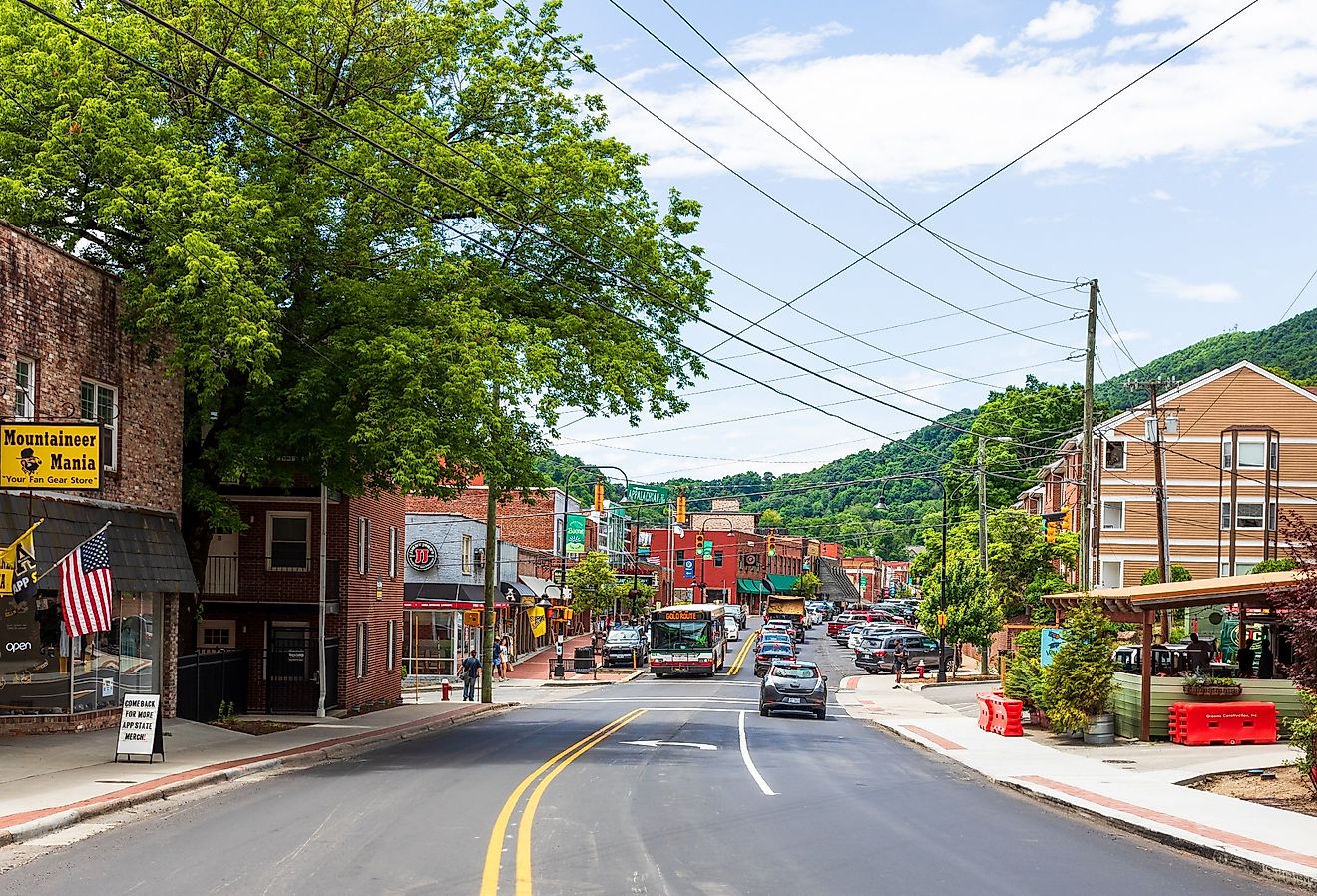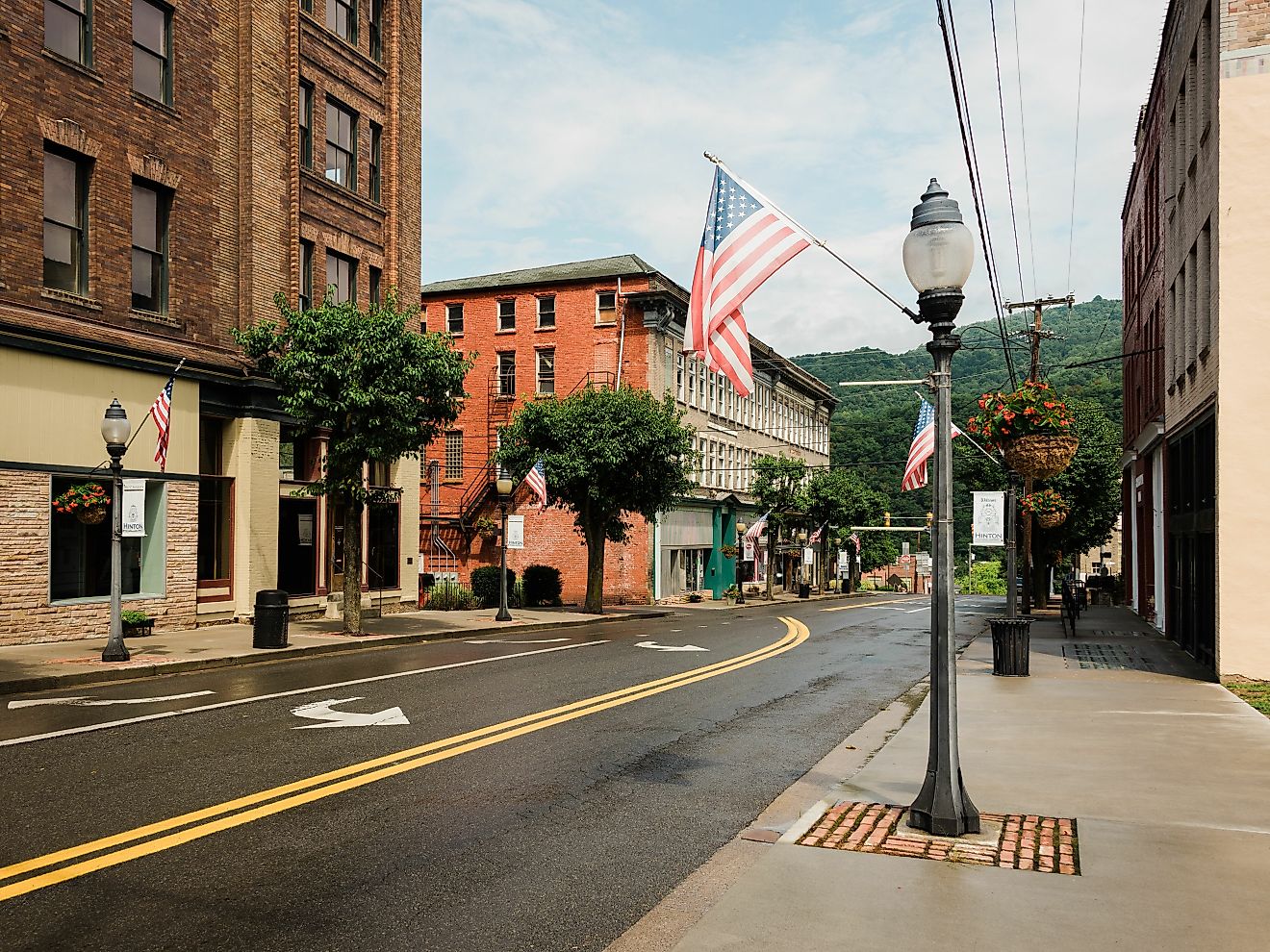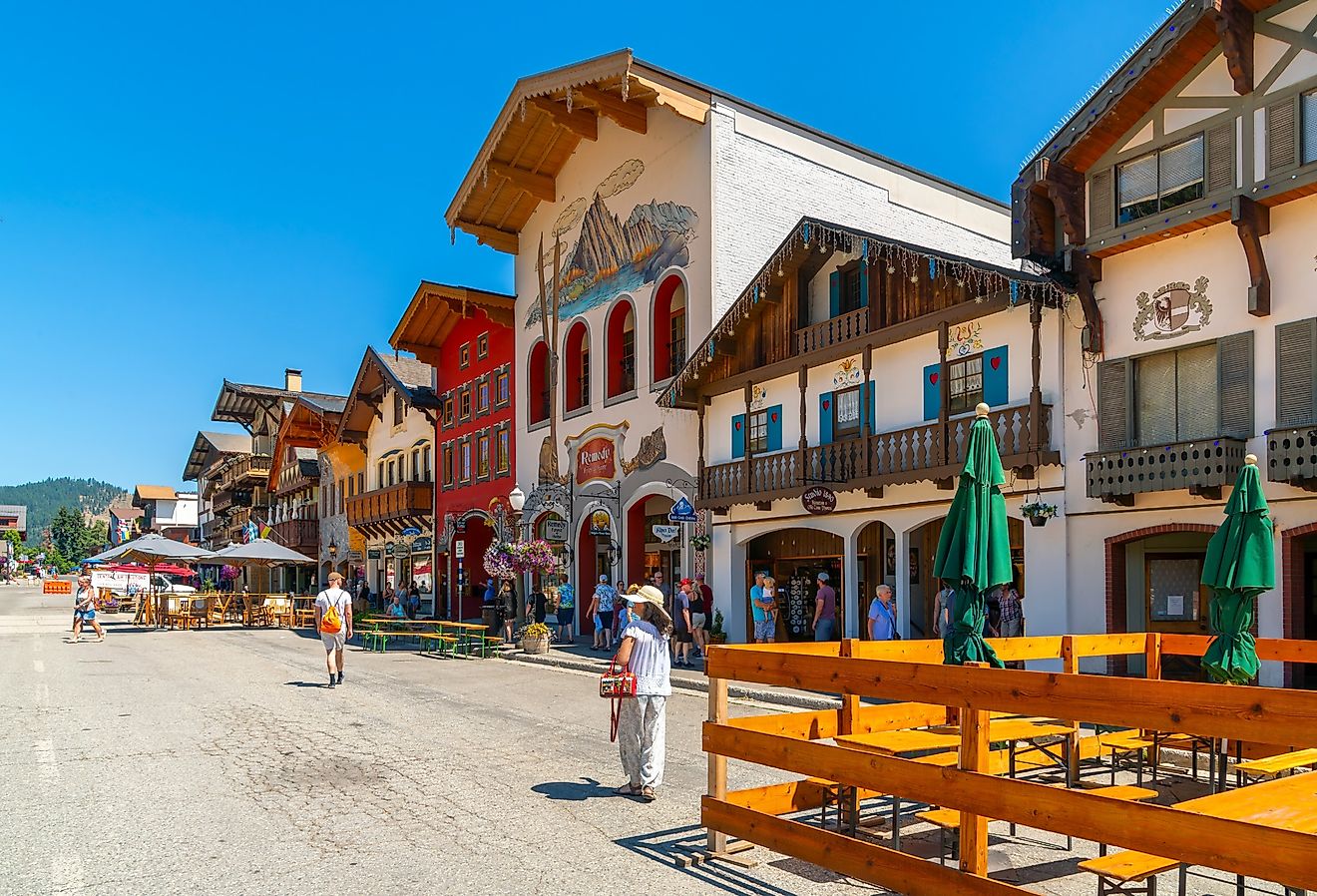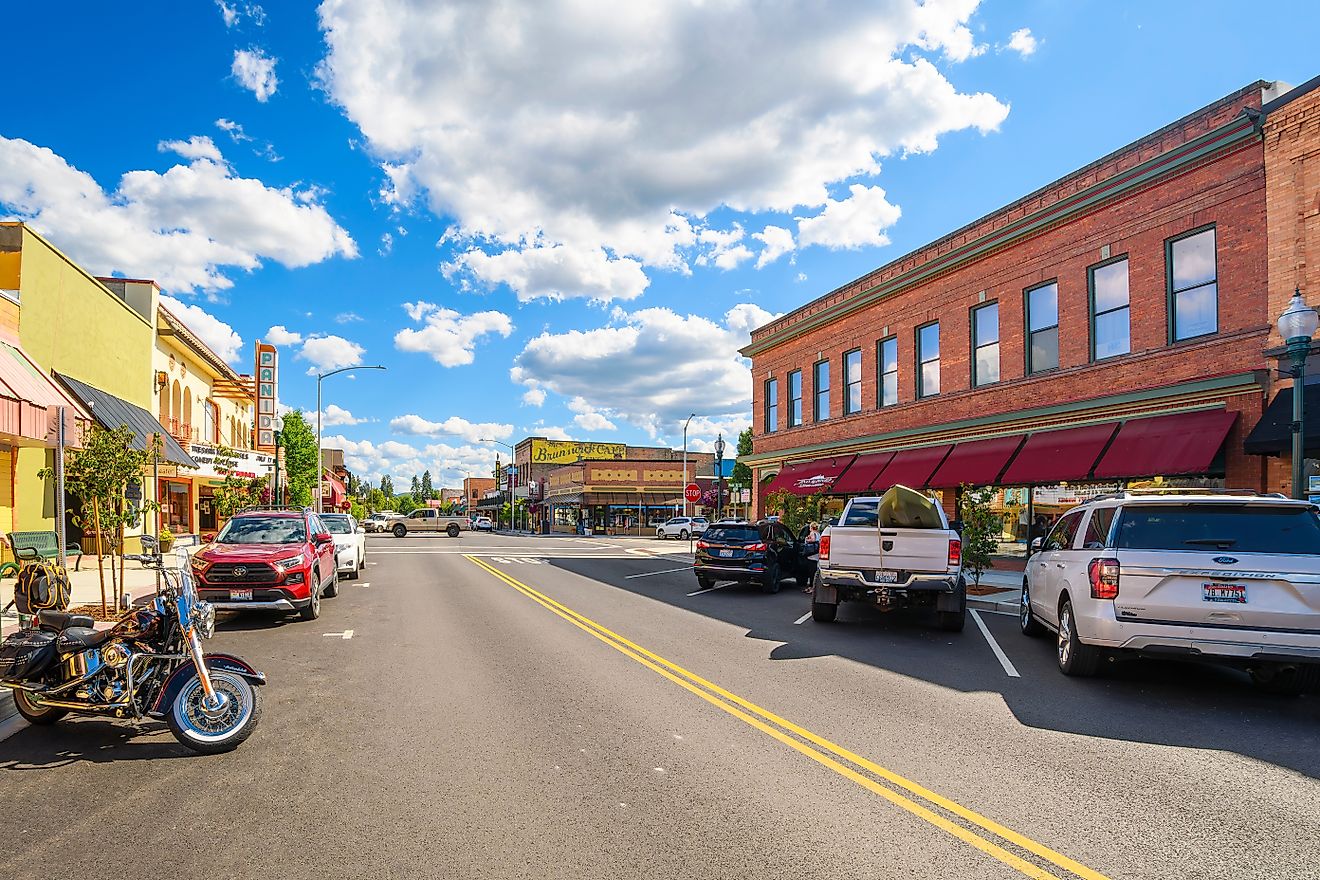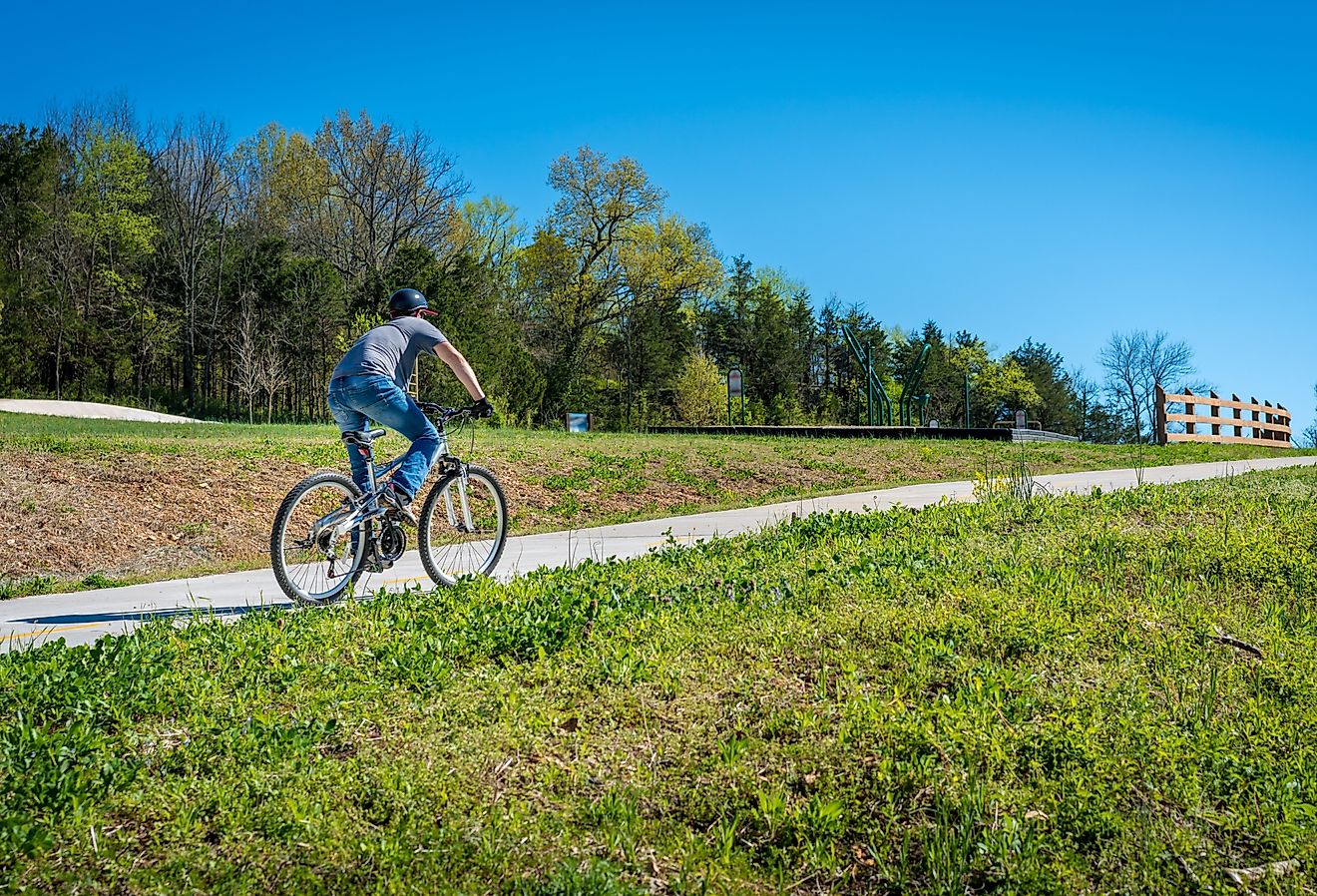
Kelowna, Canada
Kelowna is a large city situated on the eastern shores of the Okanagan Lake in the heart of the Okanagan Valley, in the southern interior of the Canadian province of British Columbia. The city’s name has been derived from the native Okanagan word “kiʔláwnaʔ” and refers to a male grizzly bear. The city of Kelowna serves as the headquarters of the Regional District of Central Okanagan. The scenic landscape, pine-covered mountains, world-class wineries, and beautiful orchards make Kelowna a popular tourist destination.
Geography Of Kelowna

The Kelowna city proper covers a total area of 211.85 sq. km, while the census metropolitan area encompasses an area of 2,904.86 sq. km. Kelowna is considered British Columbia’s 7th largest city, 3rd largest metropolitan area, and the largest city in the British Columbia Interior. The city is situated approximately 129km north of the Washington State border and about 457km east-northeast of the city of Vancouver. The city of Kelowna is surrounded by the City of West Kelowna to the west; the city of Vernon and the Lake Country district municipality to the north; the town of Summerland and the city of Penticton to the south; and by the Peachland district municipality to the southwest.

Some of the notable landmarks in the city of Kelowna include Bellevue Canyon, Gallagher’s Canyon, Myra Canyon, Pinnacle Rock, Knox Mountain, Mission Creek, Crawford Falls, Maude-Roxby Wetlands, etc. The city consists of about ten sectors with several neighborhoods within the sector boundaries. Located close to the city’s geographic center is the low, isolated Dilworth Mountain. Situated along Harvey Avenue is a linear commercial sector known as the Central City that includes many commercial centers such as Capri Centre Mall and the Orchard Park Shopping Centre. The downtown district contains many parks, beaches, boardwalks, walking trails, hotels, casinos, etc. About one sq. km downtown area has been declared a ‘red zone’ due to increased incidences of robberies, assaults, and drug trafficking activities. The city is also known for its world-class vineyards and wineries. Serving more than 2 million passengers annually and over 38 non-stop commercial flights daily, the Kelowna International Airport is one of Canada’s top 10 busiest airports.
Climate

According to the Köppen climate classification, the city of Kelowna experiences a humid continental climate with warm, dry summers and freezing snowy winters. The hot season lasts from June to September, with July being the hottest month, having an average high temperature of 28.3°C and a low temperature of 12.7°C. Heatwaves occur during July, August, and occasionally in June and September, with temperatures above 30°C persisting for several weeks. The cold season lasts from November to February, with December being the coldest month, having an average low temperature of -4.4°C and a high temperature of 1.1°C. The city receives more than 2000 hours of sunshine annually and average precipitation of 380mm per year.
Population Of Kelowna
According to the Statistics Canada 2016 Census, Kelowna city proper had a population of 127,380, while Kelowna metropolitan area had a population of 194,882. About 6% of Kelowna’s population belongs to the visible minority, of which South Asians are 1.8%, followed by Chinese at 1.2%, Japanese at 0.8%, Southeast Asians at 0.6%, Blacks at 0.5%, Filipino at 0.4%, and Latin Americans at 0.4%. About 3.4% of the city’s population belongs to the Aboriginal group, most of which are First Nations. About 15.1% of the city’s population were born outside the country.
Brief History Of Kelowna

It is believed that the indigenous Syilx people first settled the Okanagan Valley region. The first European who visited this region in 1811 was a fur trader named David Stuart. The first European to finally settle in the area in 1859 was a French Roman Catholic missionary named Father Charles Pandosy. The cultivation of fruits expanded in the region during the 1870s, and commercial agriculture became established by the 1890s. On May 4, 1905, the city of Kelowna was officially incorporated, with the city having a population of only 600 during that time. The Canadian Pacific Railway was eventually extended to Kelowna on September 11, 1925.
